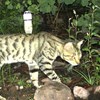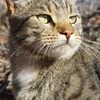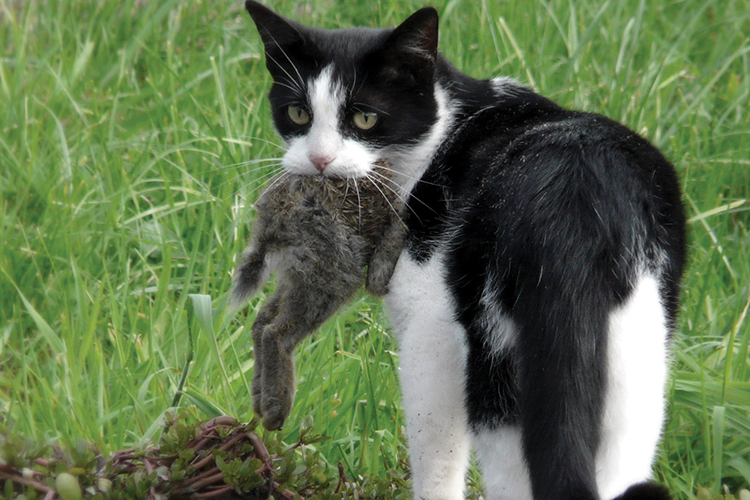
The mathematics of cats
Monday, 16 March 2020Working with many collaborators, researchers from the National Environmental Science Program’s Threatened Species Recovery Hub have now completed a set of national-scale studies that tally the number of cats in Australia and the number of animals that they kill. The results are an astonishing – and alarming – set of numbers that paint a grim picture of the toll that feral and pet cats are taking on native animals. Charles Darwin University’s Professor John Woinarski, Dr Brett Murphy and Dr Leigh-Ann Woolley and Professor Sarah Legge from the Australian National University and The University of Queensland guide us through what the numbers reveal about cats and their prey in Australia.
Counting cats in Australia
Counting feral cats is challenging. Our research team collated cat density information from about 100 local studies across Australia, modelled these data (to identify factors influencing spatial variation in density) and then applied these models to estimate the total numbers of feral cats in Australia.
We determined that the average density of feral cats in largely natural Australian landscapes is about 0.3 cats per km2, that their density is much higher on islands (especially smaller islands) than on the Australian mainland, and that density in arid and semi-arid Australia varies appreciably depending upon rainfall conditions. Based on our models of variation in density, we estimate that there are 2.1 million feral cats in natural environments in Australia, increasing to almost 6 million in times of plenty in central Australia.
Feral cats occur pervasively across mainland Australia except where they have been removed from conservation exclosures (which collectively cover about 275 km2) and they also occur on nearly 100 islands (including all islands larger than 1000 km2). So, cats occupy – and have impacts on wildlife in – more than 99.9% of the Australian land mass.
In addition to tallying feral cats in natural environments, we estimated that there are about 0.7 million feral cats in highly modified environments (“strays” in urban areas and the like). Pet cats are much more readily and precisely counted, and public surveys report that there are about 3.8 million pet cats in Australia: hence, the total Australian population is about 6.6 million cats in most years. 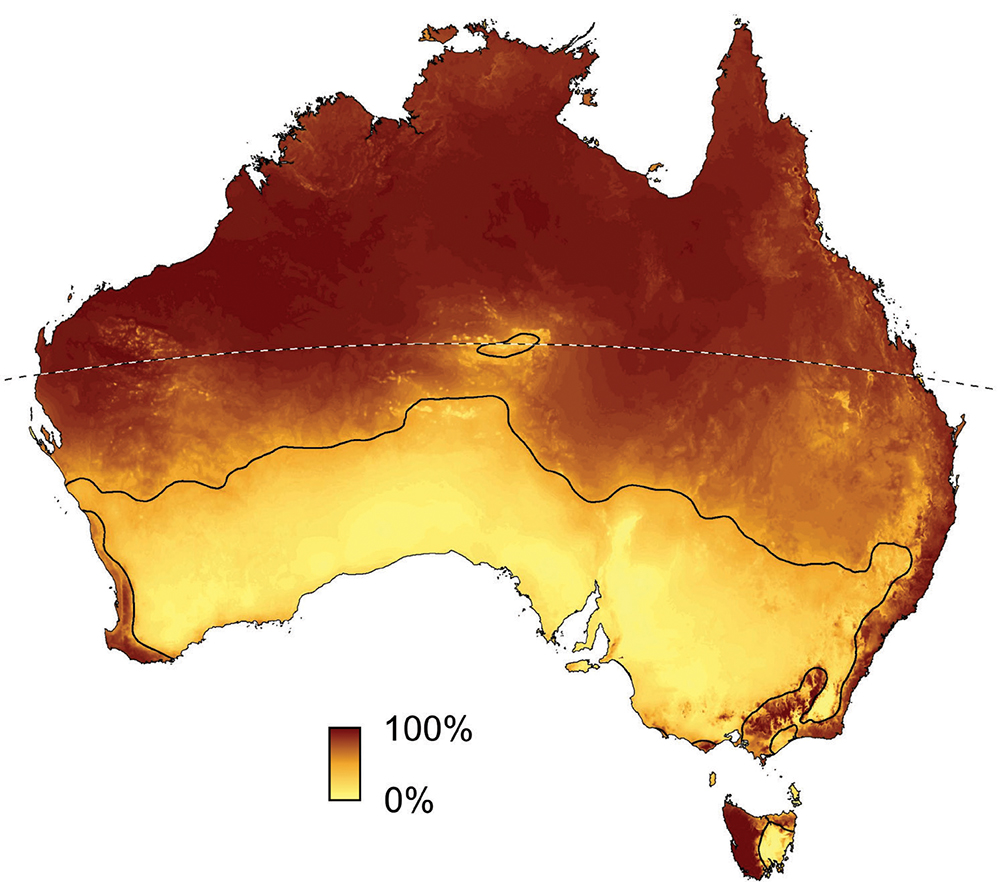
ABOVE: The proportion of native to all mammals in the diet of feral cats in Australia: 100% indicates that all mammals eaten by cats are native; 0% indicates that all are introduced mammals. The solid black line indicates relative frequency of 50% (i.e., native mammals and introduced mammals occur at equal frequencies).
Quantifying the death toll
These population figures provide a foundation to estimate the total numbers of animals killed by cats. Essentially, such tallies can be calculated by multiplying the cat density in any area by the number of animals any cat in that area has in its stomach, with these tallies then summed across Australia and across 365 days to derive an annual toll. Such tallying rests on some assumptions, notably that an animal eaten by a cat was killed by that cat. This assumption will not always be met, for cats do take some carrion.
However, feral cats preferentially hunt for their prey rather than eat already-killed carcasses and, in some counter-balance, cats will kill or mortally wound some animals without eating them.
There are now many studies that have examined the diet of cats in Australia, with such information hard won through the unglamorous method of teasing apart cat faeces or inspecting the stomachs of dead cats. We collated such information from about 100 studies, widely spaced across Australia, with a total of about 10,000 cat samples. Comparable collations undertaken in other countries have been based on far smaller sample sizes. The Australian collation also allows for analysis of spatial variation in cat diet, for example, by identifying areas in which native mammals or, conversely, introduced mammals, comprise the bulk of cat diet.
The toll on wildlife
We have now published our results for the numbers of Australian birds, reptiles and mammals killed by cats, and we will shortly be publishing comparable papers on the numbers of frogs and invertebrates killed.
We estimate that an average feral cat in natural landscapes kills 129 birds per year, summing to a national tally of 272 million birds killed per year by all feral cats in natural landscapes, with 99% of these being native Australian birds. We estimate that feral cats in highly modified environments kill a further 44 million birds per year, and that pet cats kill about 70 million birds per year. Hence, collectively, the Australian cat population kills more than one million birds per day. The number of birds killed by cats per km2 is higher on islands than on the mainland, with many island seabird colonies suffering very high predation rates.
Reptile and mammal tolls are even higher. We estimate that feral cats in natural landscapes kill about 470 million reptiles per year (almost all native species), and the total Australian cat population kills about 650 million reptiles per year. We estimate that 815 million mammals (mostly native species) are killed per year by feral cats in natural landscapes, and 1.14 billion mammals are killed by all Australian cats each year. There is marked geographic variation in the proportion of native mammals (compared to introduced mammals) killed by cats, with the introduced rabbit and house mouse making up much of the mammal component of cat prey in large parts of southern Australia, but native mammals forming the bulk of cat diet elsewhere.
Which species?
We also collated information – from hundreds of sources – on the species of animals known to be eaten by cats in Australia. Cats are now known to prey on 357 bird species in Australia (about half of Australia’s native non- vagrant species), including most of Australia’s threatened bird species. Cats are more likely to prey on bird species that are island endemics, are of intermediate body mass (60–300 g), and that nest and forage on the ground, such as button-quails and rock-pigeons.
The equivalent tally for Australian reptiles is 258 species (about one-quarter of all Australian reptile species), including 11 threatened species. For mammals, cats are known to prey on 151 species in Australia (just over 50% of the Australian terrestrial species’ complement), including 50 threatened mammal species. The non-flying mammals most likely to be preyed upon by cats are of intermediate body weight (100–800 g), and occur in arid areas but not rocky habitats, such as mulgaras and kowaris. 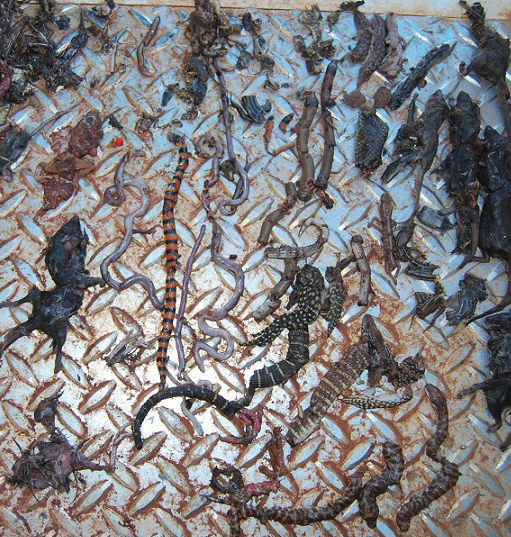
Cats prey upon a wide range of vertebrates and invertebrates. Image: John Read
What impacts?
Numbers are slippery. Although these tallies seem astonishingly large, and are based on an unusually substantial data foundation, they do not necessarily imply that cat predation is having a significant impact. However, our tallies represent an important piece of the jigsaw of such an assessment.
Nobody yet knows the total population size of Australian mammals and reptiles, but for birds, our estimate is that cats are killing about 4% of the total population each year. However, this pressure falls unevenly across species, and those with small population sizes, with cat-preferred traits, and with low reproductive output (as is typical of many Australian species) are unlikely to be able to sustain the unrelenting loss of individuals taken by cats. Furthermore, this persistent predation pressure of cats compounds the impacts of the many other factors that threaten much of Australia’s biodiversity.
Further reading
Legge, S. et al. (2017). Enumerating a continental-scale threat: How many feral cats are in Australia? Biological Conservation 206, 293–303.
Murphy, B.P. et al. (2019). Introduced cats (Felis catus) eating a continental fauna: The number of mammals killed in Australia.
Biological Conservation 237, 28–40.
Woinarski, J.C.Z. et al. (2017). Compilation and traits of Australian bird species killed by cats. Biological Conservation 216, 1–9. Woinarski, J.C.Z. et al. (2017). How many birds are killed by cats in Australia? Biological Conservation 214, 76–87.
Woinarski, J.C.Z. et al. (2018). How many reptiles are killed by cats in Australia? Wildlife Research 45, 247–266.
Woolley, L.-A. et al. (2019). Introduced cats (Felis catus) eating a continental fauna: Inventory and traits of Australian mammal species killed. Mammal Review 49, 354–368.
For further information
John Woinarski - John.W oinarski@cdu.edu.au
Sarah Legge - sarahmarialegge@gmail.com
Brett Murphy - Brett.P.Murphy@cdu.edu.au
Top image: Cats eat animals. But how many? Which species? And what are the impacts? Image: Eddy Van 3000 CC BY SA 2.0 Flickr
-

Combating a conservation catastrophe: Understanding and managing cat impacts on wildlife
Tuesday, 06 October 2020 -

Cat-borne diseases and their impacts on human health
Monday, 19 October 2020 -

Cat-borne diseases and their impacts on agriculture and livestock in Australia
Monday, 07 December 2020 -

li-Anthawirriyarra Sea Rangers managing cats on West Island
Thursday, 16 September 2021 -

The impact of roaming pet cats on Australian wildlife
Monday, 27 July 2020 -

Caring for Country: Managing cats
Tuesday, 09 November 2021 -

Feral cat distribution, abundance, management and impacts on threatened species
Friday, 10 December 2021
-
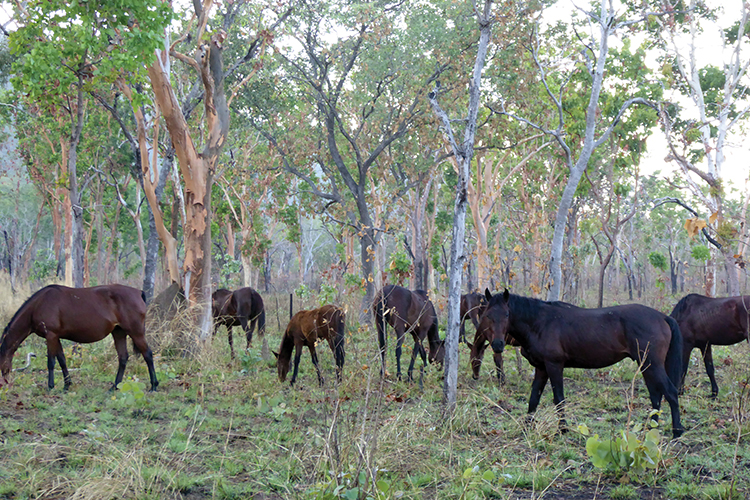
Small mammal declines in the Top End - Causes and solutions
Monday, 31 August 2020 -
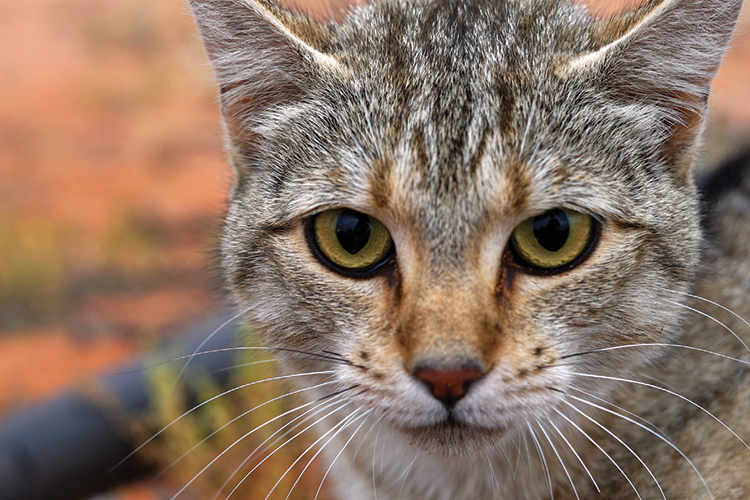
Addressing our wildlife cat-astrophe
Monday, 16 March 2020 -
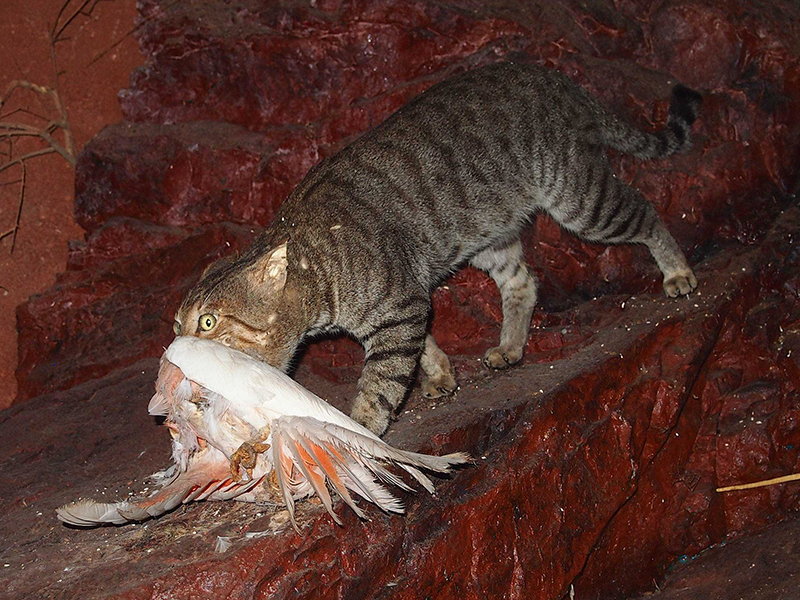
Cats are killing millions of Australia’s birds
Sunday, 22 October 2017 -
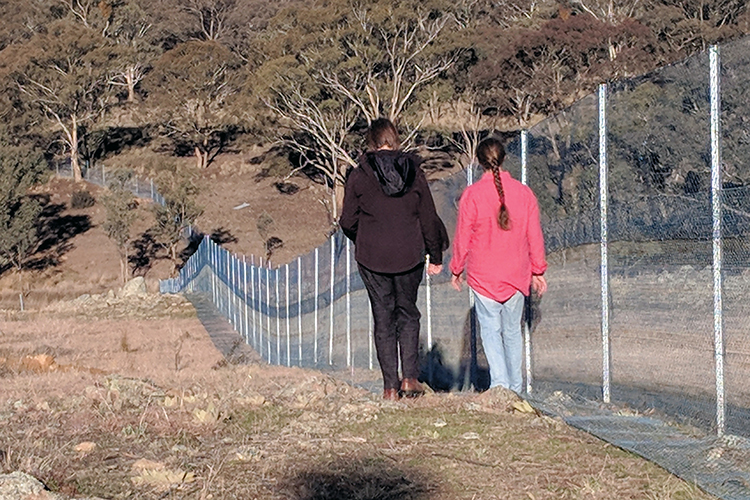
Feral cats: An Australian Government perspective
Monday, 16 March 2020 -
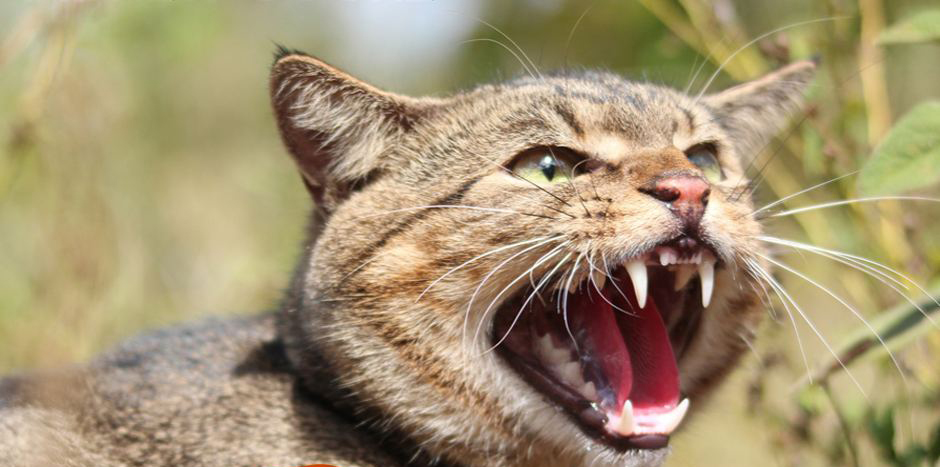
How many cats?
Wednesday, 14 December 2016 -
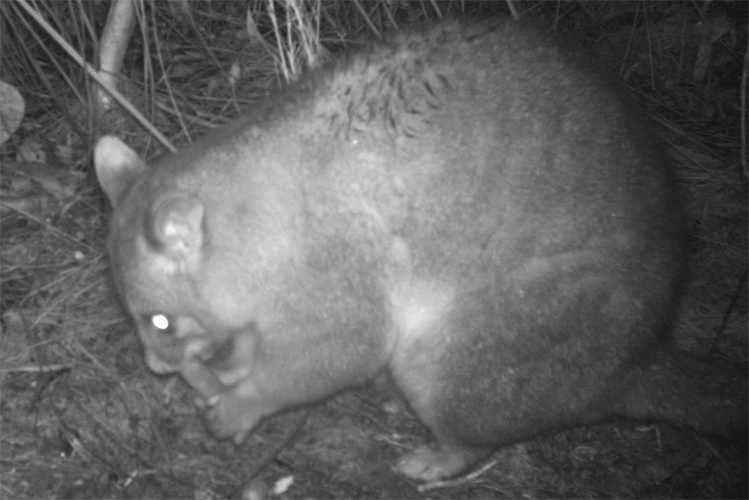
Testing cat baiting on Kangaroo Island
Monday, 16 March 2020 -
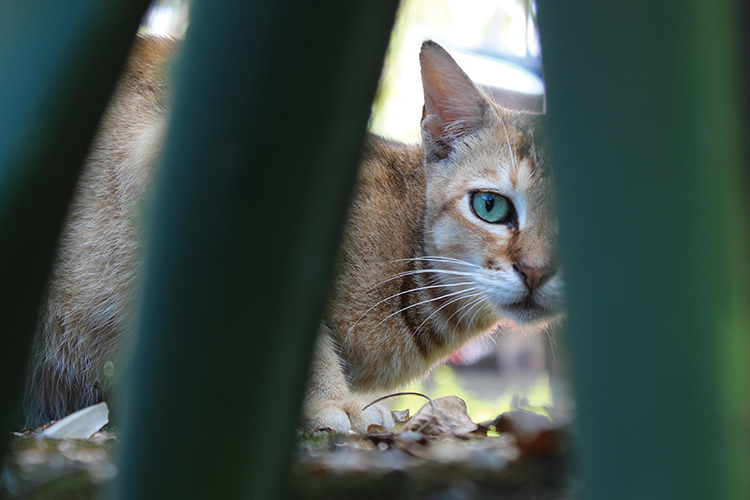
The conundrum of cats in Australia
Monday, 16 March 2020 -
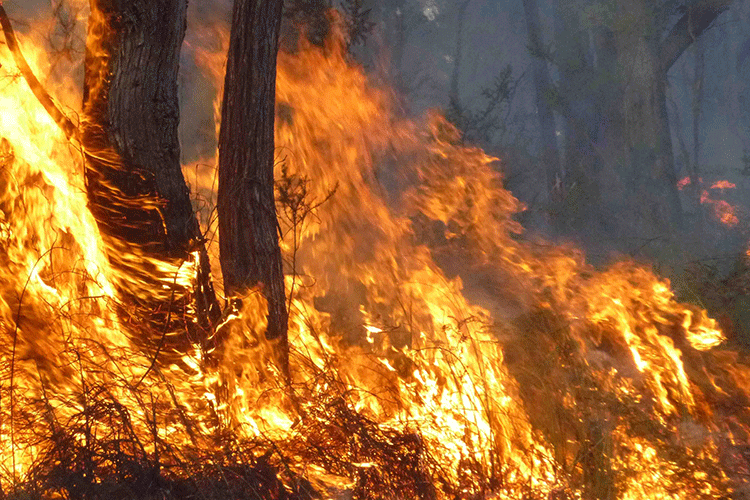
The fire, the fox and the feral cat
Tuesday, 06 June 2017 -
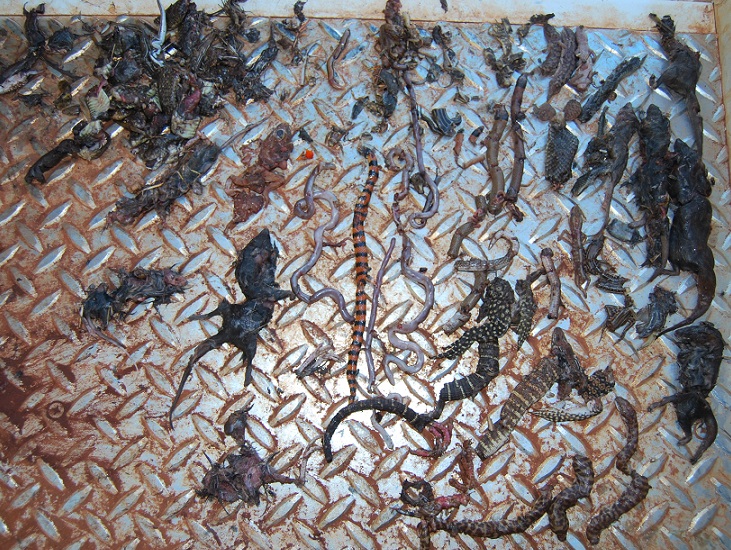
The unnoticed toll of cats on reptiles
Monday, 25 June 2018 -
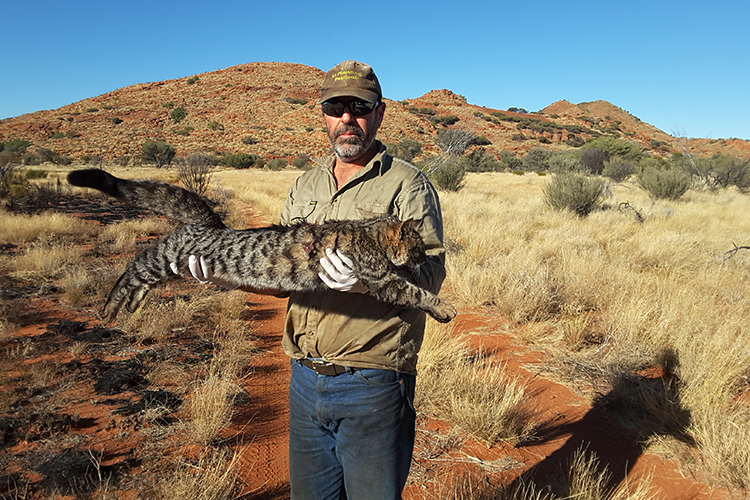
Tracking cats to help the night parrot
Wednesday, 05 June 2019 -
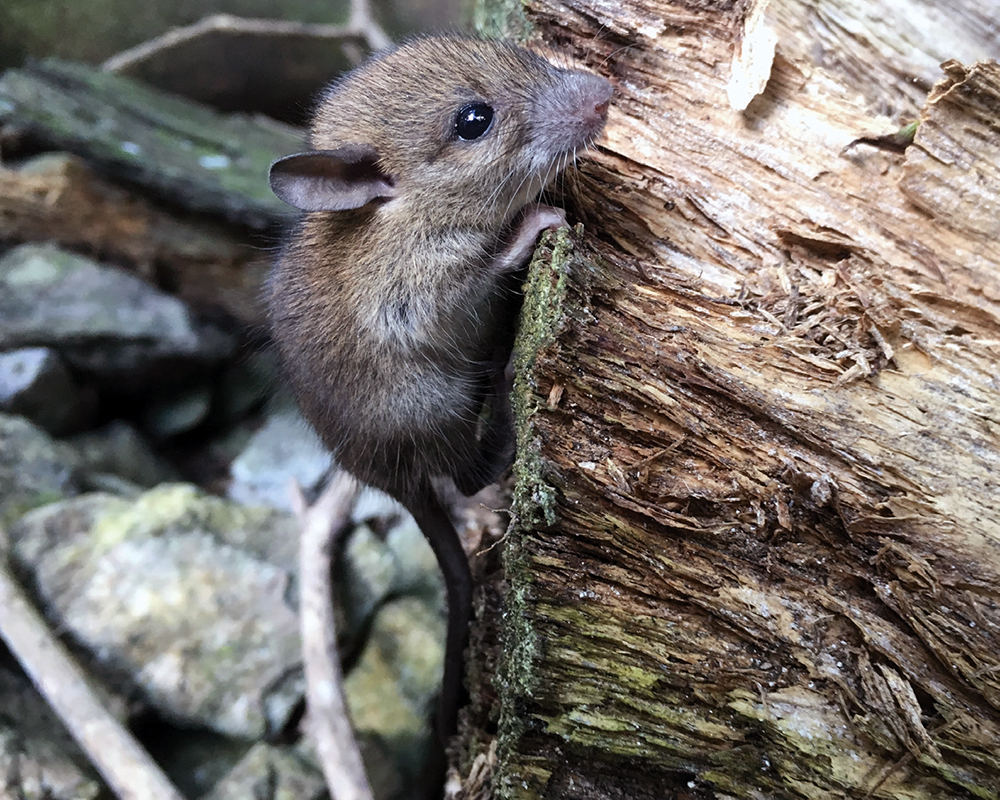
When the cat’s away will the rats play?
Monday, 16 March 2020 -
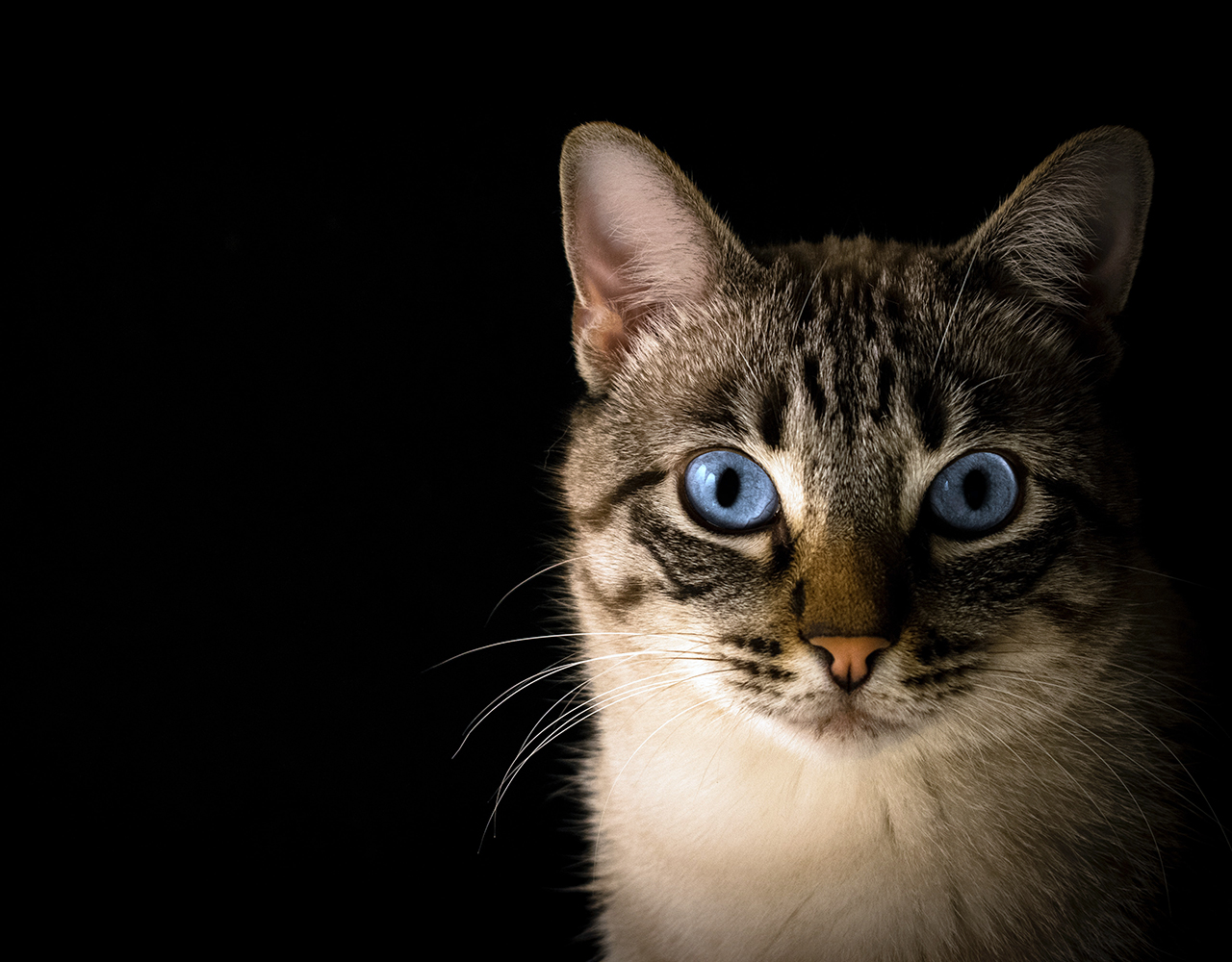
One cat, one year, 110 native animals: Lock up your pet, it’s a killing machine
Wednesday, 28 October 2020 -
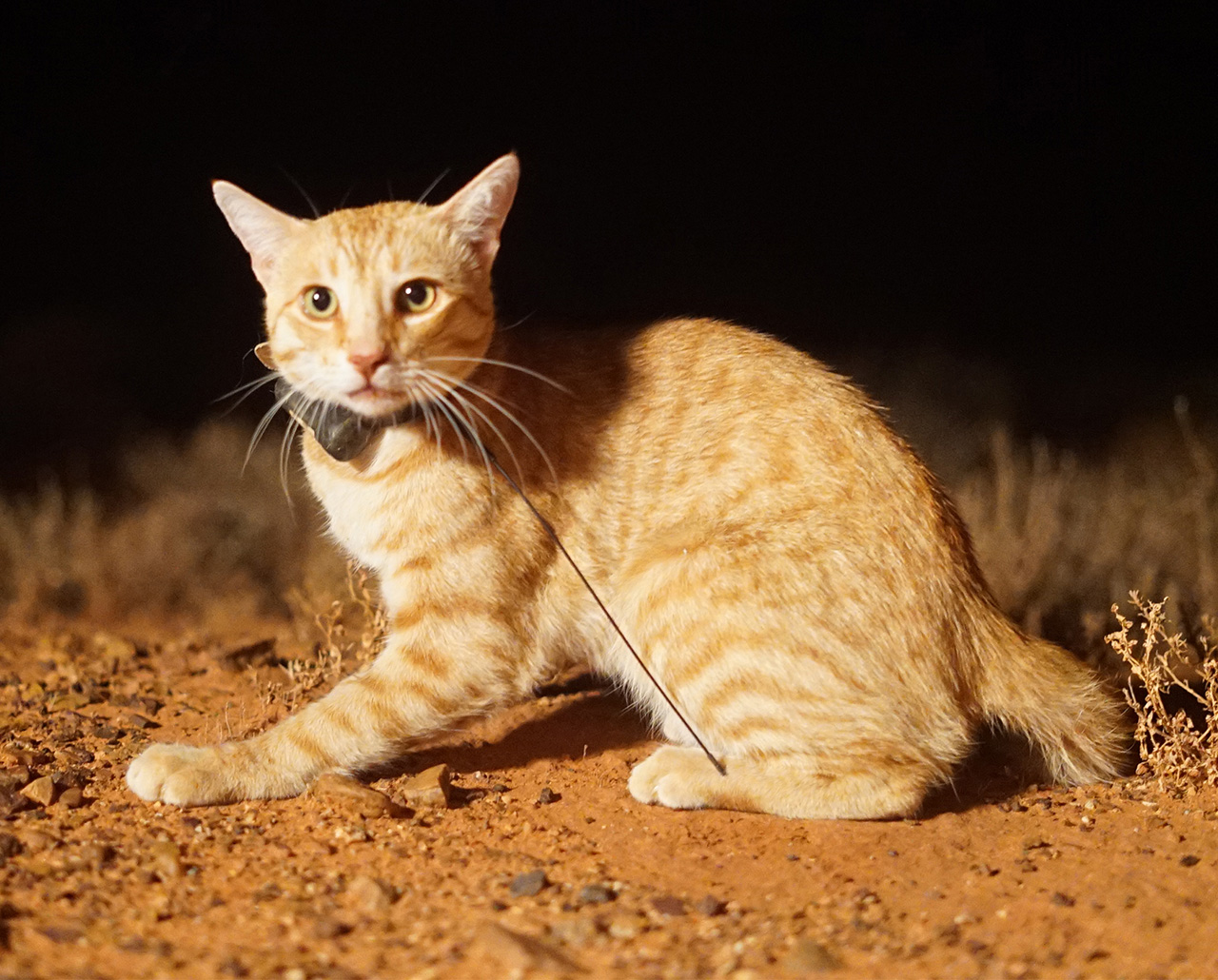
Cat science finalist for Eureka Prize
Monday, 28 September 2020 -
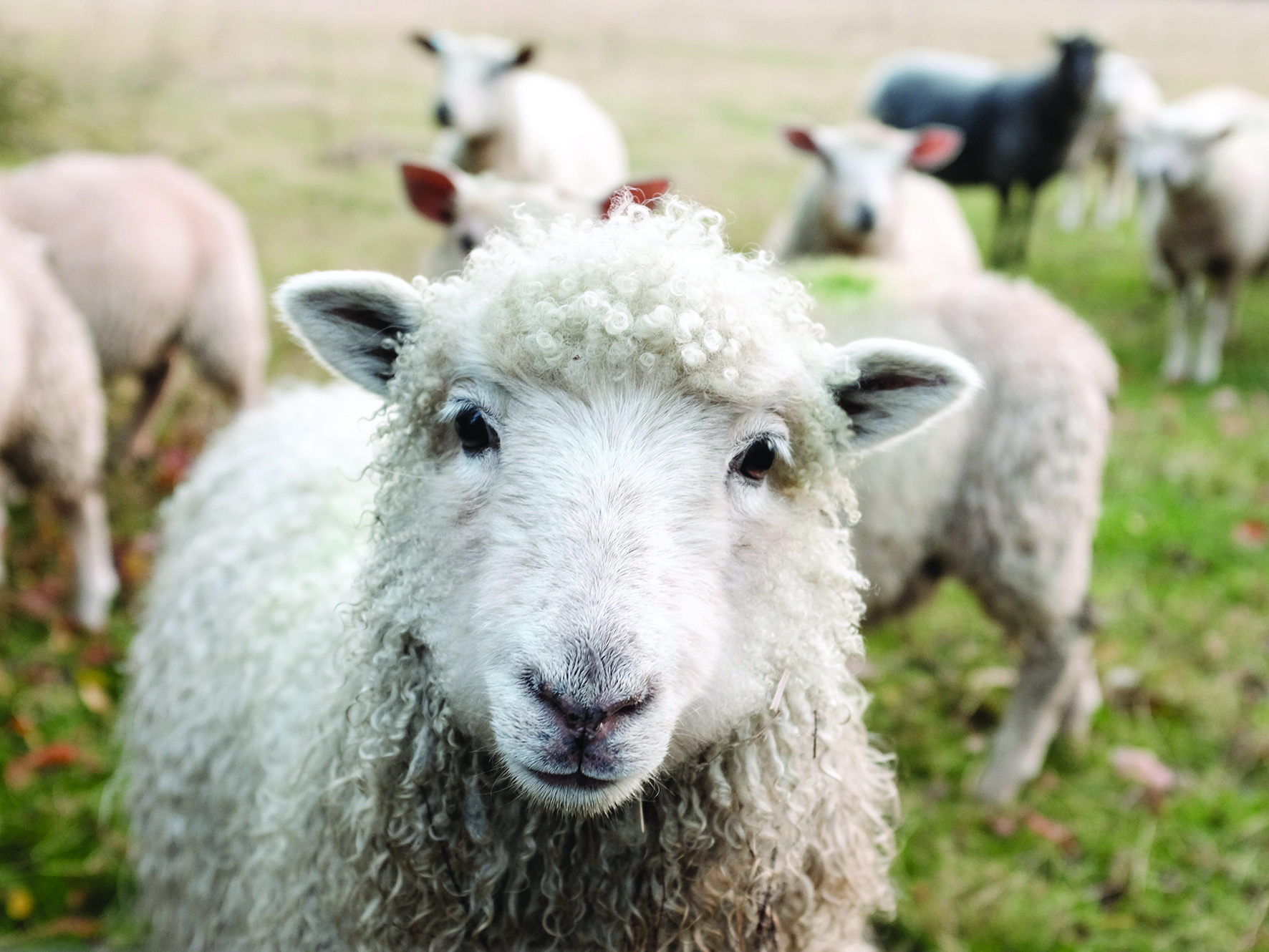
Cats have $12 million impact on agriculture in Australia
Monday, 07 December 2020 -
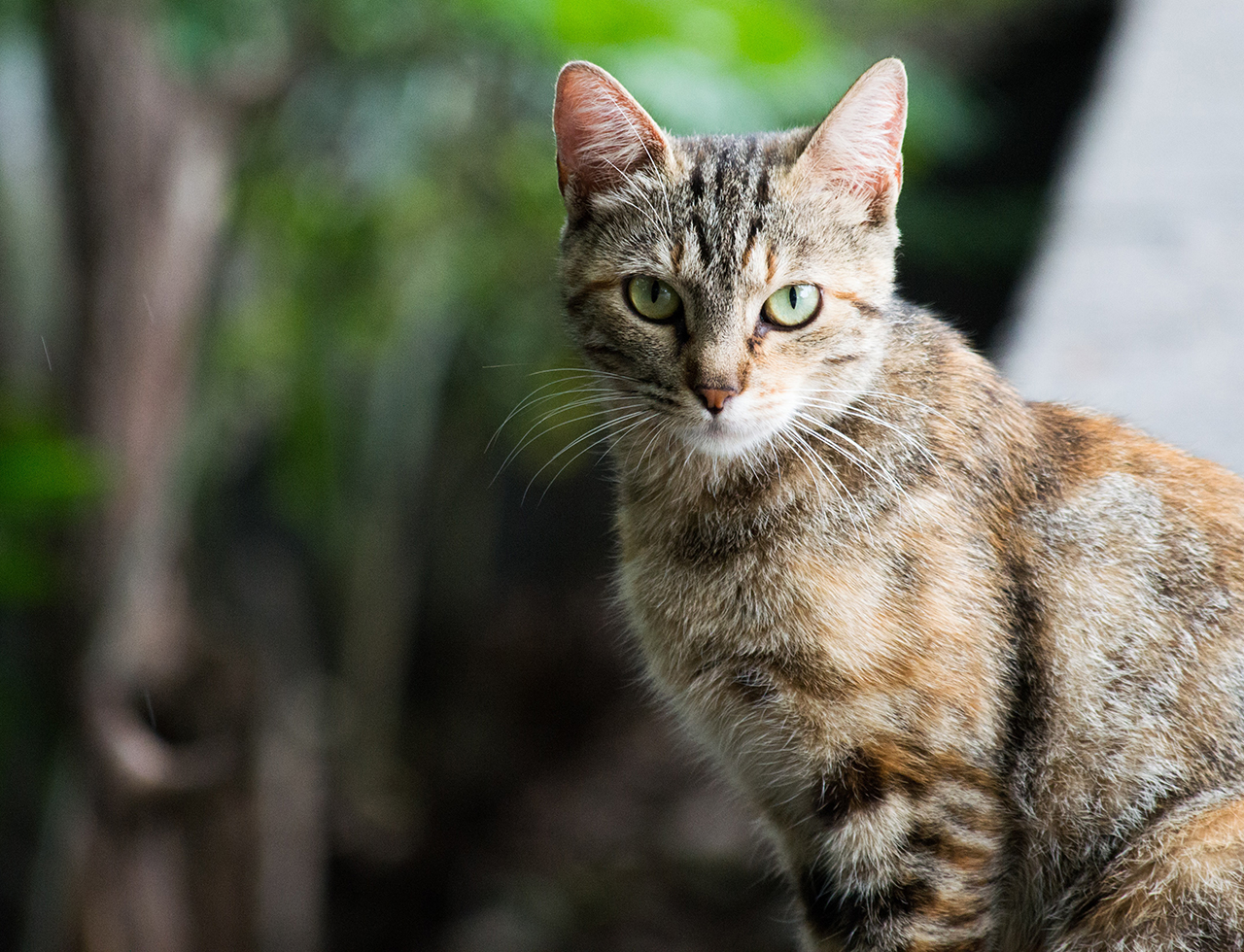
Cat diseases have $6 billion impact on human health in Australia
Thursday, 15 October 2020
